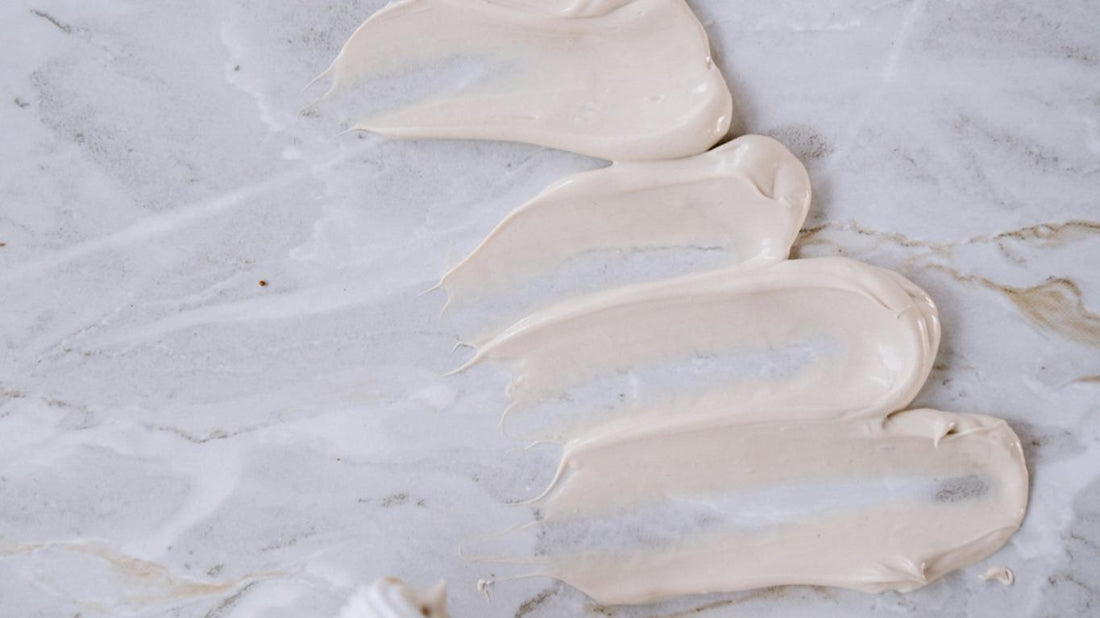
Skin Barrier Myths: What Dermatologists Want You to Know
Share
Your skin barrier is your body’s frontline defense—shielding you from pollution, bacteria, and moisture loss. Yet it’s one of the most misunderstood parts of skincare. With TikTok tips and influencer hacks flooding your feed, it’s easy to fall into routines that feel helpful but secretly sabotage your skin’s natural defenses.
Let’s break down the most common myths about the skin barrier and what dermatologists really want you to know.
Myth 1: “Tingling Means It’s Working”
A slight tingle from a new product might seem like proof it’s doing something—but dermatologists say this sensation is often a red flag. Tingling can signal irritation, especially when dealing with exfoliants, acids, or vitamin C.
If your skin feels tight, stings, or turns red, it’s not a glow-up—it’s a warning. Rebuild your barrier with a gentle routine focused on hydration and repair.
The Replenish Barrier Cream is a go-to option for soothing inflammation and restoring your skin’s protective layer with ceramides, omega fatty acids, and plant-based lipids.
Myth 2: “You Need to Exfoliate Daily”
Exfoliation helps remove dead skin cells and boost radiance—but overdoing it is one of the top causes of barrier damage. Scrubbing or using acids daily strips your skin’s natural oils and disrupts its microbiome.
Most dermatologists recommend exfoliating 1–3 times per week max, depending on your skin type. And when you do, balance it out with nourishing products like the Cica Recovery Hydrating Serum to calm and rehydrate after exfoliation.
Myth 3: “Moisturizer Alone Can Repair the Barrier”
Moisturizers are key—but not all moisturizers are created equal. To truly repair a compromised barrier, look for ingredients like ceramides, niacinamide, panthenol, and cholesterol—lipids that mimic your skin’s natural structure.
The Barrier Boost Night Balm is rich in these components, helping rebuild the skin’s matrix while you sleep. It’s especially helpful for anyone recovering from overuse of actives, sun exposure, or seasonal dryness.
Myth 4: “Oily Skin Doesn’t Need Barrier Care”
Even oily skin types can have damaged barriers. In fact, when your barrier is impaired, your skin may overproduce oil to compensate. The result? A confusing mix of breakouts, shine, and sensitivity.
Supporting your barrier with lightweight, non-comedogenic products helps reduce inflammation and rebalance oil production—without clogging pores or dulling your glow.
Signs Your Skin Barrier Is Compromised
If you’re experiencing redness, burning, flaking, tightness, or breakouts that don’t behave as usual, your skin barrier might be trying to tell you something. The good news? With the right care, recovery is possible—and often faster than you’d expect.
Barrier Repair Is a Long Game
Quick fixes often lead to long-term problems. Healing your skin barrier is about patience, consistency, and choosing ingredients that support—not challenge—your skin’s natural function.
For working women, busy moms, and students juggling late nights and stress, building a smart, barrier-focused routine is one of the most effective ways to achieve lasting skin health.
Care First, Correct Later
Dermatologists agree: healthy skin starts with a strong barrier. Before you chase actives, trends, or treatments, ask yourself—is my skin ready?
Repair, protect, and then glow. Your barrier’s whisper is worth listening to ✨
